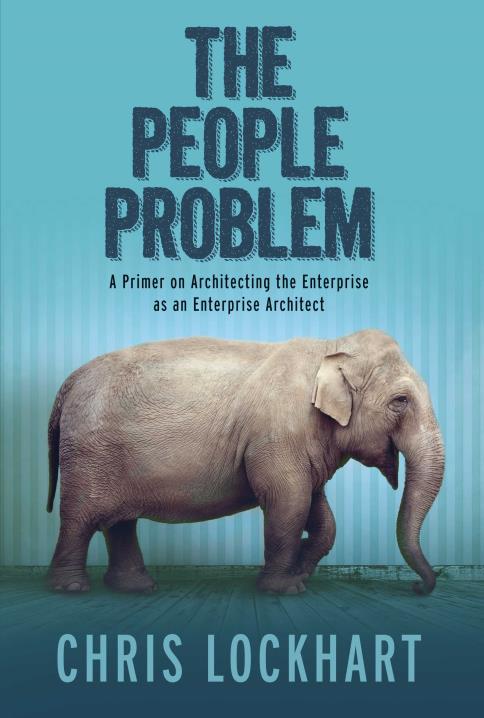Yes, I know you’ve put a lot of effort into research and analysis of a particular technological domain, solution or product. I get it. I understand better than most that an architecture has to be, minimally, a contextual or even abstract idea or set of ideas described by similarly high level artifacts backed by some analytical work that denotes the appropriate use of the architecture. But at what point will your abstract notions grow into something that I can actually use?
It isn’t rocket science, is it? A technology or business architecture has to ultimately describe some…thing in sufficient detail that a person can do something with it. Maybe it doesn’t have to be at a level of detail whereby it would qualify as a blueprint or a cookbook. But an architecture that is merely a PDF with a couple of generic line-box-arrow diagrams coupled with a few colorful “pancake” pictures isn’t really an architecture. It’s a marketing glossy. A white paper is by nature a marketing or generically informative tool. It isn’t a ready made solution guide to every problem.
Look, an architecture has to include some basic information on the structures inherent in the reasoning about a particular system. This would include the rationale for its existence (a description of the problem and the requirements for solving it for example), something often found in white papers and glossies. But it also has to be about the elements comprising the system, the relationships between them, their manner of interaction, their physical manifestation (i.e. servers). These things, to the extent one finds them in a high level marketing slick or deep thoughtful analysis, cannot be generic. They need to be real, visual, depictions of the system.
Why? Why can’t the architecture be merely banal prose in an endless Word document? Because the purpose of an architecture is to facilitate communication of an idea. A dry dissertation doesn’t accomplish that. But neither does meaningless, generic clipart. The architecture is about humans communicating to each other the problem, the rationale for the solution, the solution and how the solution addresses the problem. This cannot, therefore, be a generic analysis of how, say, portals address the issue of self-service. It has to be about how a particular portal system will address a particular business problem and how it will do so by using self-service.
So the next time you plop that giant marketing slick down in front of me with the solemn title of ‘architecture’ of this or that blazoned across the cover, please don’t be offended if I hand it right back to you. A white paper is not an architecture. It is a marketing tool that is too generic to be passed off as a real solution to a real problem.


